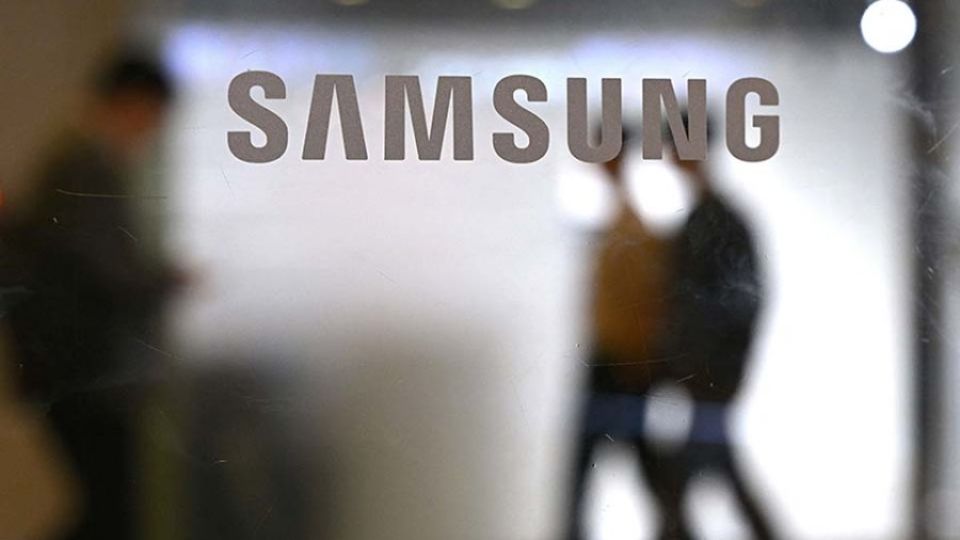February 25, 2025
SEOUL – South Korea’s semiconductor technology level was overtaken by China’s in two years, a survey of experts has found.
The results of the survey are contained in a report by the Korea Institute of S&T Evaluation and Planning, titled “an in-depth analysis of technology levels in three major fields.”
The state-run think tank on South Korea’s science and technology capabilities is said to have surveyed 39 domestic semiconductor experts.
South Korea’s basic technology capabilities in the field of semiconductors were found to have fallen behind China in most categories.
When the best technology level is viewed as 100 percent, South Korea scored 90.9 percent in the field of highly integrated, resistance-based memory technology, coming second to China with 94.1 percent.
In the area of high-performance, low-power artificial intelligence semiconductor technology, South Korea marked 84.1 percent compared to China’s 88.3 percent.
In the technology level of power semiconductor devices, South Korea stood at 67.5 percent behind China’s 79.8 percent.
When it comes to next-generation, high-performance sensing technology, South Korea’s level was 81.3 percent, below China’s 83.9 percent.
The experts surveyed had participated in the previous evaluation two years earlier. At that time, they put South Korea ahead of China in the levels of highly integrated, resistance-based memory and advanced semiconductor packaging technologies, but their evaluations have flipped.
Also on the technology life cycle of semiconductor, South Korea was surpassed by China in the fields of basic research and design.
Japan has taken a step ahead of South Korea in the realm of Nand flash memory.
Japan’s Kioxia recently unveiled its latest advancement in Nand flash memory technology, featuring an impressive increase to 332 layers, up from the previous 218 layers.
Its technology, though in a prototype stage, has reportedly surpassed that of South Korea’s SK hynix and Samsung Electronics. Presently, SK hynix’ ninth-generation, 321-layer products are reportedly the only Nand flash memory with more than 320 layers. Samsung’s ninth-generation Nand has 286 layers.
Semiconductors are not a simple product with economic value. They form a strategically important industry which determines the future of countries. That is why the US and China are competing fiercely for hegemony in the industry.
China’s significant progress is a result from its ambitious semiconductor projects initiated about a decade ago.
According to the Korea Institute for International Economic Policy, Beijing poured more than 1.3 trillion yuan ($179 billion) into projects to develop China’s semiconductor industry for 10 years from 2014-2024. Last year, it unveiled a plan to invest 1.5 trillion yuan directly and indirectly in the industry for 10 more years.
Japan seeks to resurrect its semiconductor industry, backed up by its competitiveness in materials, parts and equipment sectors.
With South Korea embattled by China and Japan, the US administration under President Donald Trump is threatening to impose tariffs on semiconductors. Technology innovation is the only solution to overcome this crisis.
It is urgent to provide legal and institutional support to South Korean chipmakers. However, rival parties are absorbed in political battles. Semiconductor firms want their R&D professionals to be able to work longer than 52-hour workweek if the occasion demands it, but opposition parties won’t budge on their position to keep to the regulation.
Legislators should raise their heads and turn their eyes to the outside world. If they dawdle, Korean companies will likely fall behind. They will have to make a decision quickly for the future of the country.
Jin Roy Ryu, who was reelected chairman of the Federation of Korean Industries on Thursday, said in his inaugural address that South Korea’s business environment is worse now than during the foreign exchange crisis of 1997.
He said that bills to foster high tech industries are drifting in the National Assembly.
As he noted, the country’s main industries, including semiconductors, are not at crossroads but teetering on the edge of a cliff. Unless politicians establish a breakthrough quickly to help South Korean high-tech industries survive competition, they may miss the opportunity to reinvigorate its growth engines. If that happens, an economic crisis could befall the nation.


